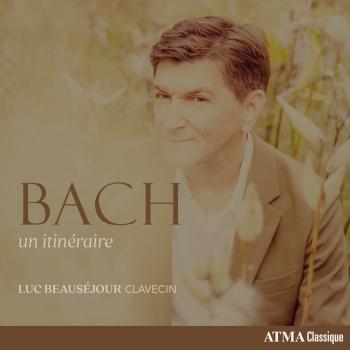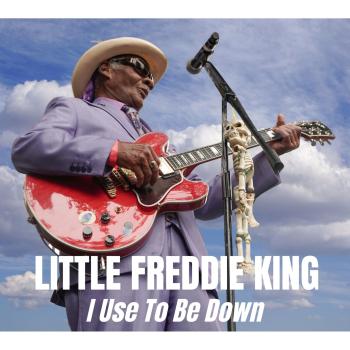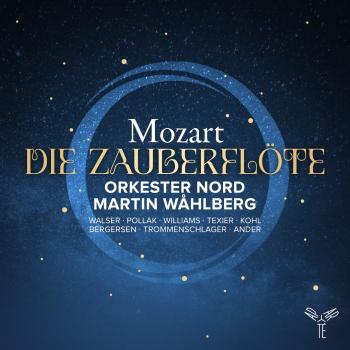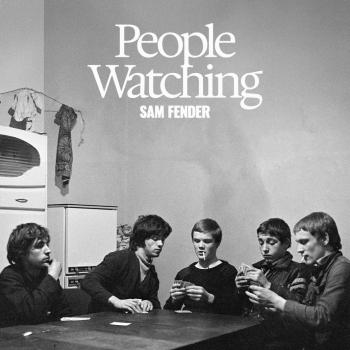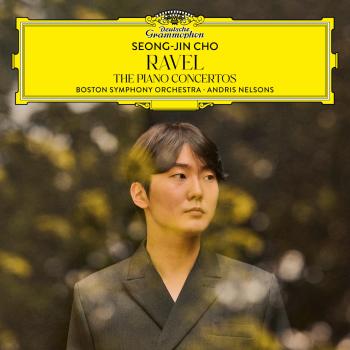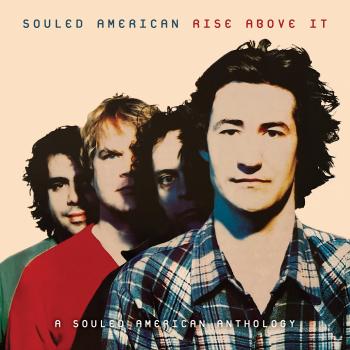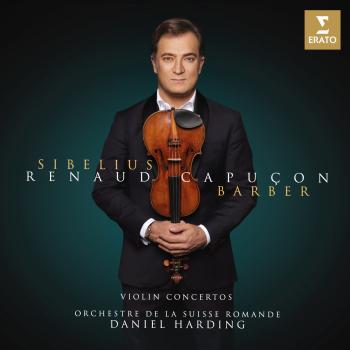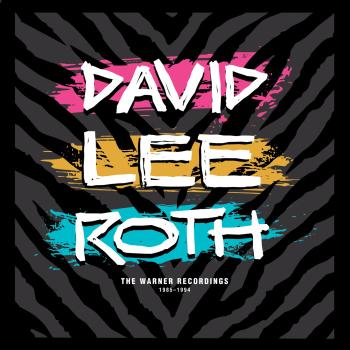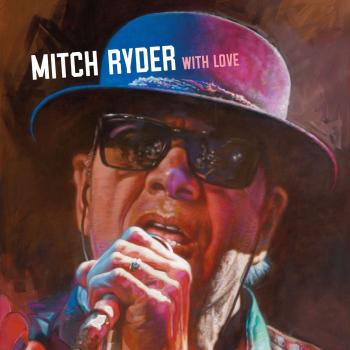
Bruch: Violin Concerto No. 1 in G Minor, Op. 26 & Scottish Fantasy, Op. 46 - Vieuxtemps: Violin Concerto No. 5 in A Minor, Op. 37 - Heifetz Remastered Jascha Heifetz
Album info
Album-Release:
2016
HRA-Release:
20.07.2016
Label: Sony / RCA Red Seal
Genre: Classical
Subgenre: Concertos
Artist: Jascha Heifetz
Composer: Max Bruch, Henri Vieuxtemps
Album including Album cover
I`m sorry!
Dear HIGHRESAUDIO Visitor,
due to territorial constraints and also different releases dates in each country you currently can`t purchase this album. We are updating our release dates twice a week. So, please feel free to check from time-to-time, if the album is available for your country.
We suggest, that you bookmark the album and use our Short List function.
Thank you for your understanding and patience.
Yours sincerely, HIGHRESAUDIO
- 1 I. Vorspiel - Allegro moderato 07:40
- 2 II. Adagio 07:51
- 3 III. Finale - Allegro energico 06:31
- 4 I. Introduction Grave - Adagio cantabile 07:49
- 5 II. Allegro 04:38
- 6 III. Adagio - Andante sostenuto 06:34
- 7 IV. Finale - Allegro guerriero 06:44
- 8 I. Allegro non troppo 12:33
- 9 II. Adagio 03:36
- 10 III. Allegro con fuoco 01:08
Info for Bruch: Violin Concerto No. 1 in G Minor, Op. 26 & Scottish Fantasy, Op. 46 - Vieuxtemps: Violin Concerto No. 5 in A Minor, Op. 37 - Heifetz Remastered
Jascha Heifetz war vermutlich der Violinist, der die Kunst des Violinspiels im letzten Jahrhundert am meisten geprägt hat. Sein Name ist bleibendes Synonym für perfekte Spieltechnik, Klangsinnlichkeit und absolute geigerische Autorität. Diese Box enthält die berühmtesten Violinkonzerte in den genialen Interpretationen des großen Geigers Jascha Heifetz.
Digitally remastered
Jascha Heifetz
Jascha Heifetz’s celebrated position as one of the greatest violinists of the twentieth century seems unassailable. Along with that of Fritz Kreisler, his name is associated with the evolution of the instrument’s technique and style in the first half of the century. Famed though Heifetz was for his extraordinary reliability and dazzling technique, his reputation nonetheless suffered slightly from intimations that he was a rather uninvolved player. Early in his career, he attended a gathering of several notable players in a private house in Berlin where he gave a performance of Mendelssohn’s Violin Concerto with Kreisler at the piano; Kreisler commented to the other violinists present: ‘We may as well break our fiddles across our knees.’ Upon Heifetz’s London début in 1920 at the Queen’s Hall (having already sold 70,000 recordings in the UK) Bernard Shaw wrote to him, remarking: ‘Your recital has filled me and my wife with anxiety. If you provoke a jealous God by playing with such superhuman perfection, you will die young. I earnestly advise you to play something badly every night before going to bed, instead of saying your prayers. No mortal should presume to play so faultlessly.’
After initial training by his father, Heifetz attended the Vilna School of Music (under the direction of Elias Malkin, a former pupil of Leopold Auer). Later he went to Auer himself as the youngest member of his class in St Petersburg and remains one of Auer’s best-known pupils.
Heifetz’s own teaching engagements were both exacting and sporadic. Erick Friedman became his first regular pupil in 1957, cancelling a large number of concert engagements to take up intensive study with him which was given free of charge. Heifetz undoubtedly transformed Friedman’s playing and moulded him in his own image in terms of interpretation (he reputedly never imposed his own technical methods upon others), eventually paying him the greatest of compliments by inviting him to record Bach’s Double Violin Concerto (the only recording of the work made by Heifetz in which he is partnered by another violinist, Heifetz famously having otherwise recorded both parts himself ). From 1962–1972 he was Professor of Violin at the University of Southern California, Los Angeles.
Well known for being methodical in his preparation, Heifetz was noted for remaining consistent in his interpretation (rather in the manner of Rachmaninov as a pianist) as opposed to the older tendency towards spontaneity in each performance. In this sense his approach can be seen as the antithesis to Joachim’s (although via Auer he had a linked pedagogic lineage). He recorded remarkably widely, his first commercial discs being made in 1917. Early accounts of Heifetz’s playing whilst still in St Petersburg c.1910 reveal that he had already acquired something of his distinctively penetrating and devastatingly accurate tone. His recordings show amazing technique, as well as a highly influential style of playing: accurate to the letter of the musical score, sweetened by an intense and (some might argue) rather too regular vibrato. Claims for his modernity can however be overstated. His use of portamento throughout his career (uniquely linked to a fast accentual vibrato which came to be termed the ‘Heifetz slide’) sounds unfamiliar to today’s ears even though, as in the case of recordings by the actor John Gielgud, it is remarkable how little his tone varied throughout his life. Many readers will find it surprising that Heifetz played on gut strings throughout his career, the sound he desired being achieved with a silver-wound gut G, plain gut D and A, and a ‘Goldbrokat’ steel E.
Heifetz’s discography is so large it is hard to do it justice here in so small a space. This said, his playing has a notable consistency that makes generalisation rather less problematic. His distinctive style – the tautness of sound, with regular but generally well-controlled vibrato; his frequent employment of a distinctive portamento, quite different from those employed by violinists of the nineteenth century – enlivens many cantabile passages, and his peerless agility and intonation are remarkable even by today’s standards. Much of this sound, however, admits relatively little variation, so that in truth one is hearing Heifetz first and the composition as a mere vehicle. This works better in some contexts than others. The Bach and Mozart concertos selected here (including a famous 1946 recording of Bach’s Double Violin Concerto with Heifetz playing both parts) seem comparatively un-nuanced to our modern ears. His 1951 performance of Mozart’s Violin Concerto No. 5 is typical in its rather steely character, although the finale is taken in a poised and stately fashion. The 1939 and 1956 recordings of Beethoven’s Violin Concerto show a little change in style: the earlier recording is fastidious but tonally subtle; the later employs a harder, perhaps more brash sound. The extent to which this perception is the result of changing recording technology or Heifetz’s own advancing years is debatable (similar traits mar later Elman discs as well, but to a much greater extent). For me, though, Heifetz’s recorded performances of Franck’s Violin Sonata (1937) and Walton’s Violin Concerto (1941) are masterly. Here his sound, (which one might describe as that of an iron fist in a velvet glove) seems more appropriate; from the tough yet mysterious opening of the Walton to the laconic performance of Franck’s first movement it is counterpoised throughout by an electric, if tightly controlled, sense of excitement.
This album contains no booklet.

